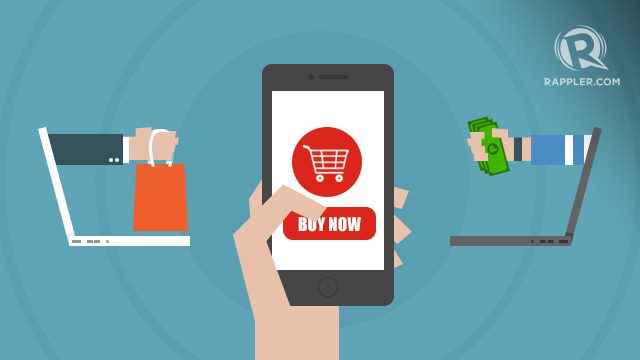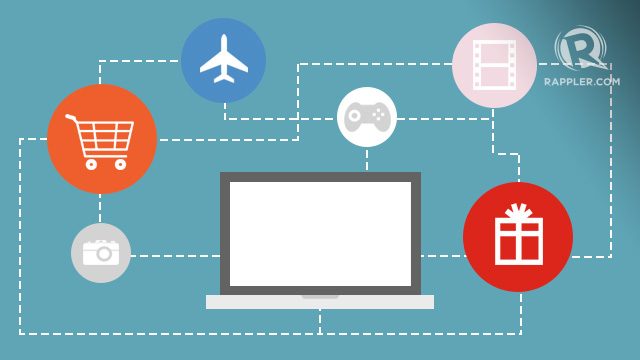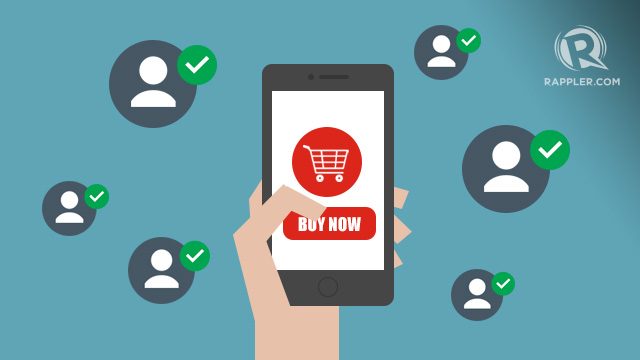SUMMARY
This is AI generated summarization, which may have errors. For context, always refer to the full article.

MANILA, Philippines – We’ve all heard – and maybe fallen for – that claim before: “Buy 10 items and your next purchase is free!”
A reward or loyalty program is a great marketing tool for brands. Its main goal is to ‘thank’ the customer for being such a loyal patron, and on the flip side, give him that extra incentive to make a repeat purchase.
Returning customers increase a business’s revenue, as well as act like brand ambassadors who spread the word in their own social circles. It may sound underwhelming, but customer retention is a force to be reckoned with.
Surprisingly, rewards programs have been around as far back as the early 1700s. In the late 1900’s, American Airlines launched their famous Frequent Flier program. It was so successful that it was dubbed as the first full-scale loyalty program of the modern era. Now, they have over 50 million members, with other brands and companies leaping into the bandwagon.
These days, with the emergence of tech-savvy millennials, brands are faced with the new challenge of appealing to a market that share very little in common with the generations prior. Millennials tend to be turned off by traditional rewards programs. They don’t find sign-up sheets and long registry lines appealing. And neither do they appreciate carrying around a bulk of plastic loyalty cards.
No, the millennial generation is a completely new breed of customer. For brands to succeed, they need to woo them in their own turf: the Internet.

In with the new
In order to breathe new life into traditional rewards programs and appeal to the digitally savvy generation, brands need to bring their rewards programs online and on mobile.
Other than the fact that this puts brands on the radar of a huge market base, it dispels the need for customers to manually sign up for a membership. Through their personal gadgets, customers can become members and redeem rewards anytime and anywhere, making the process simple and hassle-free.
An excellent example would be the Starbucks program in the United States. Instead of a card, Starbucks made an application that acted as a mobile payment system and a rewards program combined. It was a strategy so effective, it garnered over 6 million transactions a week and accounts for 15% of the franchise’s US sales.
The simplicity of everything, from the process to the redemption of the rewards, is vital to encouraging consumers to indulge. If the instructions and conditions are too complicated, the audience can easily be dissuaded. Often, it’s better to use visual information rather than text.

It’s about the journey
Remember that it’s all about giving the customer the best possible experience. The very act of researching and browsing for purchases or rewards is often, in itself, the fun part. It’s all about encouraging people to add to a wish list or cart. This is what’s been coined “Fauxeumerism.” That’s why social media platforms like Pinterest are so successful and so enjoyable to use.
The redemption process can double as an e-commerce experience, where points act as the currency. This is effective even for brands that are not in retail, as can be observed with banks’ rewards programs that offer rebates or gifts with certain financial transactions.
Local brands like Bench with their My Lifestyle Card and SM with their SM Advantage Card have long breached online territory and are among the most popular rewards systems in the Philippines. Their success relies on hinging on the shopping habits of consumers. Anyone who frequents Bench, Forever 21, and Uniqlo can easily benefit from the system. How amazing would it be to be able to shop and redeem on your phone?

Value in online
A savvy business knows that there is merit in understanding the millennial generation. Refusing to understand them, their habits, and expectations is the fast lane to failure. Implementing an online rewards system will not only gain their favor, but also provide insight into their psyche: their likes and dislikes, shopping behavior, demographics, and other particulars. In this case, a digitized rewards program not only adds value to a brand: it is a smart data-gathering move, too.
And because online programs are much easier and cheaper to set up and manage than traditional ones, brands and companies have no excuse not to jump in. There are even service providers who specialize in digitizing traditional rewards systems, so brands don’t even have to create the back end themselves.
Consider this before you make your next major business move. – Rappler.com
Add a comment
How does this make you feel?
There are no comments yet. Add your comment to start the conversation.